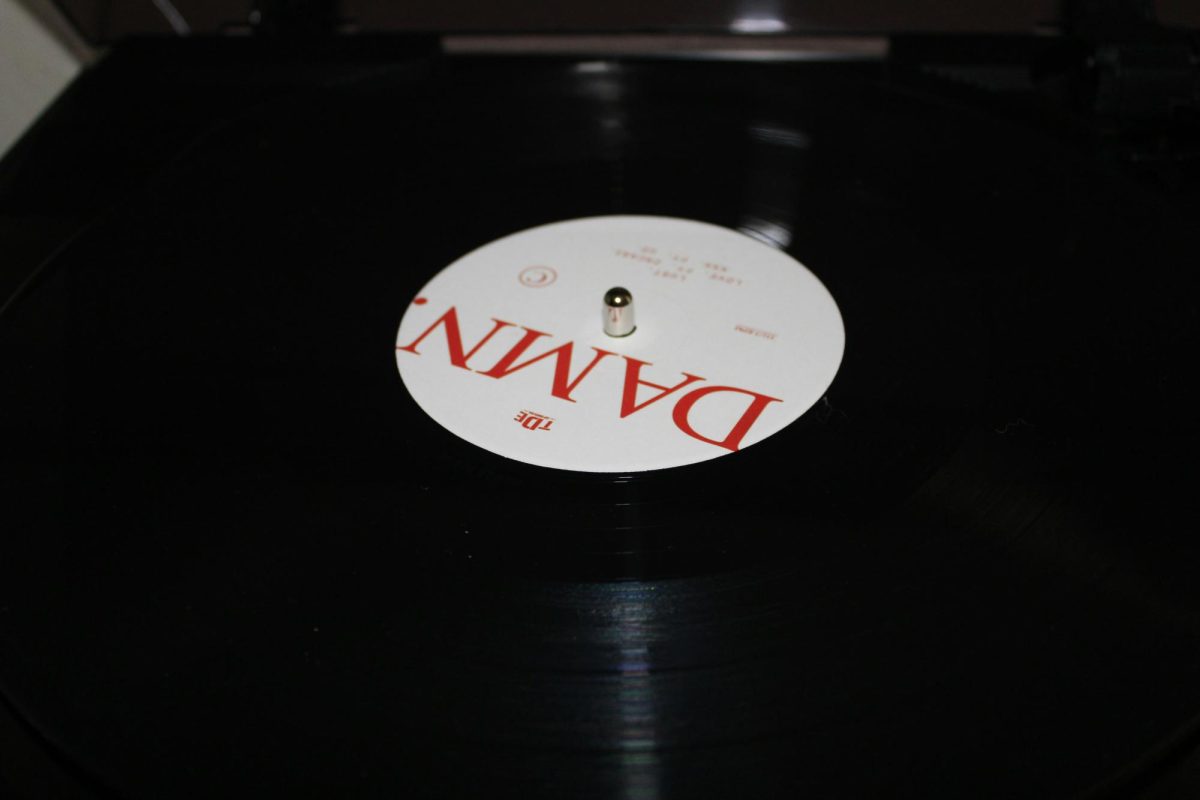With many recent film releases being either high-budget blockbusters or low-budget indie films, studios are
moving away from theatrical releases of mid-budget movies.
While the definition can vary, mid-budget movies are generally described as genre films made for between $15 and $70 million. The content of these films can vary from the violent action of Ilya Naishuller’s “Nobody,” which had a total cost of $16 million, to the comedic mystery of “Knives Out,” with a budget of $40 million.
Mid-budget films differ greatly in size from high-budget films, which are typically large-scale pictures with star studded casts. Recent examples of high-budget movies include “Avatar: The Way of Water,” with a budget of $250 million, and “Top Gun: Maverick,” with a budget of $170 million. Despite their high costs, these films have no trouble generating profit. “Top Gun: Maverick” made almost $1.5 billion dollars worldwide, an 879% recoupment.
On the other end of the spectrum are low-budget movies, films made for under $15 million, which have also seen a major revival over the past few years. “Skinamarink,” a 2023 experimental horror film made with only $15,000, earned over two million dollars at the box office. In 2021, “Nomadland,” shot for $5 million, achieved both critical and financial success, earning $35 million at the box office and winning the Academy Award for Best Picture.
Mid-budget films have struggled somewhat at the box office in the last year, with comedy films “Bros,” “Easter Sunday” and “House Party” flopping upon release. Along with these failures, however, have been many mid-budget successes. Mid-budget horror films “Smile,” “Nope,” “The Black Phone,” “The Menu” and “Violent Night” all saw wide commercial success in 2022. Action-adventure comedy films “Everything Everywhere All at Once” and “The Lost City” were also box office hits, touting costs of only $14.3 million and $68 million, respectively.
Digital Video student and junior James Matthews of Middletown feels that reduced executive control over mid-budget movies plays into their appeal.
“If it’s a big budget movie, the studio might force the director to make changes to be more marketable. But sometimes with lower budget films, the creative freedom allows more wacky stuff to be made,” Matthews said.
Despite evidence of financial viability, mid-budget films are no longer seen as competitive at the box office by major studios. Rather, studios choose to release more expensive movies which they feel are more likely to return greater profit.
Daniel Loría, an editorial director at Boxoffice Pro, believes the decrease in mid-budget movies is part of an industry trend of cautious releases.
“What we’re seeing now, studios are releasing fewer movies to movie theaters,” Loría said. “But the ones they do…they’re swinging for the fences, they’re going for a home run.”
Instead of theatrical releases, many studios are opting to release their cheaper films directly to streaming services. Searchlight Pictures, a producer and distributor of mid and low-budget art films owned by the Walt Disney Company, released half of its 2022 film slate solely on streaming platforms.
The lack of mid-budget films in theaters and studio dependence on broadly inclusive blockbusters has resulted in a deficit of widely-released art cinema.










